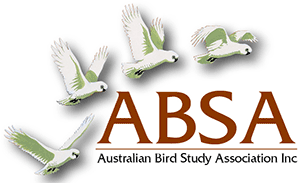Selection of nest and roost sites by Eastern Barn Owls Tyto alba delicatula in north-western Victoria
| Posted: |
25/07/2025 |
| Author(s): |
John G. McLaughlin, S. J. S. Debus |
Nest-site and roost-site selection of the Eastern Barn Owl Tyto alba delicatula were studied by JGM in northwestern Victoria during 1987–1990, in agricultural and woodland areas (n = 15 nests and 82 roost-only sites). Most nests were in tree hollows (93%), in those local tree species providing the largest hollows, and one in a hay shed; nests occurred in agricultural and non-agricultural land. Roost-only sites were mostly in tree hollows, but a higher proportion were in foliage in agricultural than non-agricultural land, and the reverse applied to tree hollows. The few roosts in artificial sites were in agricultural land. Stepwise (additive) logistic regression and stepwise (additive) discriminant analysis identified six variables that enabled discrimination between nest hollows and roost-only hollows with >90% accuracy: hollow wall integrity (number of splits), % foliage cover over the entrance, cavity floor area, angle of hollow entrance from vertical, hollow wall thickness at floor level and tree height (log-transformed). In agricultural land, hollow availability was greatest in patches of woodland (one hollow per 1.4 ha), less in shelterbelts (one per 5.5 ha) and least in roadside verges (one per 9.9 ha), translating to one hollow per 4.9 km. of linear verge. Hollow availability may be limiting for Barn Owls in the Victorian Mallee and, given rural tree decline and the loss of hollows from farmland, will require appropriate management for conservation of this species in agricultural landscapes.
>> Download Abstract |
File Size: 226 KB
MEMBERSONLY
